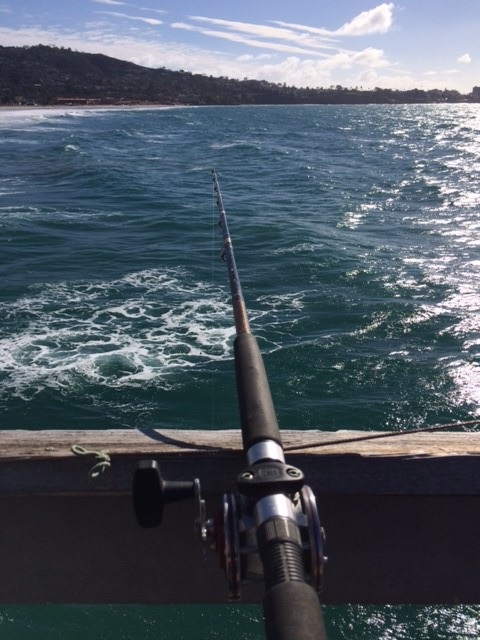Research (Guo Chenying)
Elucidation of swimming and respiratory metabolism of Chub mackerel for a development of a growth-migration model
Stock size of Chub mackerel has historically demonstrated a multi-decadal fluctuation.
Focusing on this intriguing phenomena, we aim to construct a growth-migration model in order to find how their migration and growth change as a response to varying environmental conditions.
Development of such a model needs information on how Chub mackerel respond to change in temperatures.
Thus, we are running a laboratory experiment to study how swimming speed and respiratory metabolism of Chub mackerel differ at varying temperatures.
|
1. Sample collection This is how we collect our samples:fishing! A fishing lover would be a great help.  |
2. Acclimatisation Caught fish are transfered and kept in laboratory aquairums at a constant temperature. They take a little bit of getting used to, but they will eventually feel better and start fighting for food.  |
3. Introduction to the swim tunnel We pick one fish, and enclose it in a swim tunnel, which is set within an aquarium kept at a constant temperature.  |
|
4. Speed adjustment We let the fish swim as we change the speed of water flow.  |
5. Measurement of oxygen consumption While the fish is trying hard to swim against the flow, we measure the change in oxygen concentration within the aquarium.  |
6. Example of change in oxygen concentration As the aquairum is an enclosed system, its oxygen concentration perpetually decreases. When oxygen is depleted, seawater inside the aquarium is refreshed using a pump. We continue the measurements until it hits the swim speed limit. Oxygen consumption is measured at different swim speeds.  |
|
7. New attempt:juveniles Since the growth during juvenile stage is thought to influence the stock flucturation, we are also trying to measure oxygen consumption of an artificially hatched juvenille Chub mackerel. For juveniles, We use a swim tunnel desgined for a small fish instead.  |
8. After the experiment, we measure the size of the (exhausted) fish and let it go back to a normal aquarium. The experiments have been conducted at Setonaikaiku Suisan Research Institute and Karatsu Fishery promotion and support center. |
